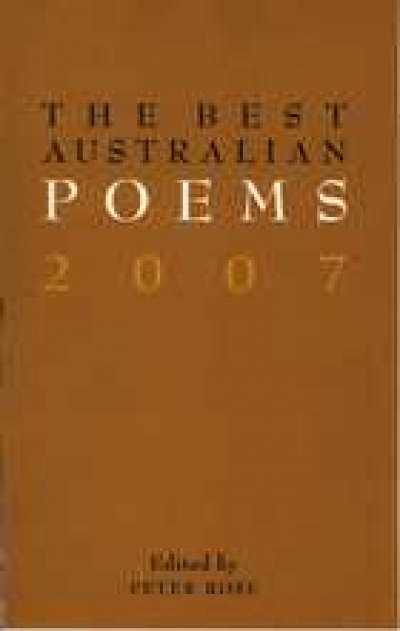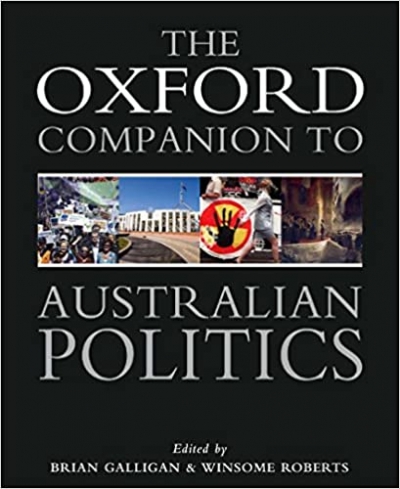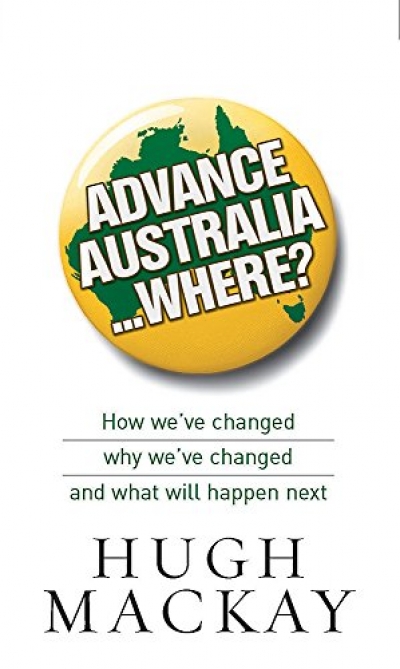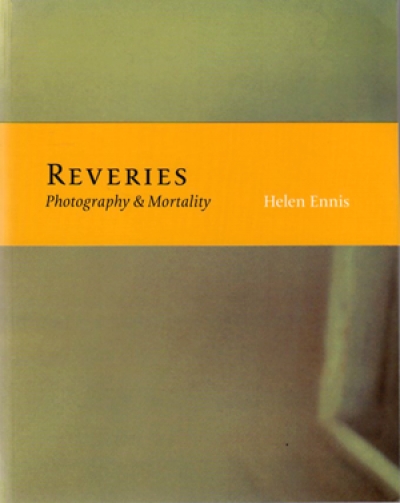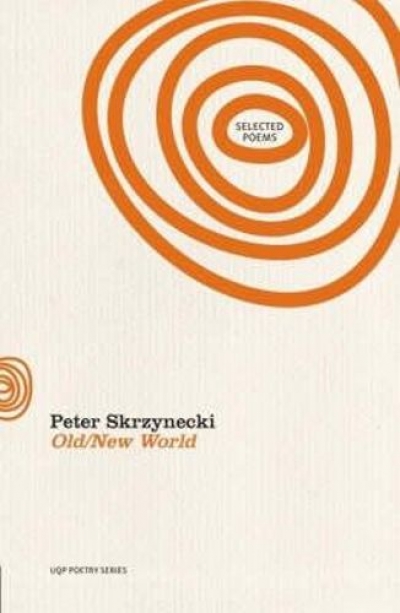Archive
The Best Australian Poems 2007 edited by Peter Rose & The Best Australian Poetry 2007 edited by John Tranter
by Gregory Kratzmann •
The Oxford Companion to Australian Politics edited by Brian Galligan and Winsome Roberts
by Neal Blewett •
The Collected Verse of Mary Gilmore: Volume 2, 1930–1962 edited by Jennifer Strauss
by Ann Vickery •
Advance Australia … Where?: How we’ve changed, why we’ve changed, and what will happen next by Hugh Mackay
by Lyndon Megarrity •
I was given to this body as haphazardly
As the monster of Frankenstein.
Lightning is a man’s metaphor,
But like fire it provides
A force alien to question.
Perhaps I am only this, this flesh,
Nolan on Nolan: Sidney Nolan in his own words edited by Nancy Underhill
by Damian Smith •
The mouth of a little fish had just sipped away a star
from the river, and a lyrebird was opening the day,
volunteering to be a bell. We were watching an egret
1 preface
I could, if you prefer, create a list
like a birdwatcher, concealed
in a reedy hide, with binoculars,
field guide and record book, a mnemonic
of migration lines, our lines of sight,
a cladogram of our evolving past.

